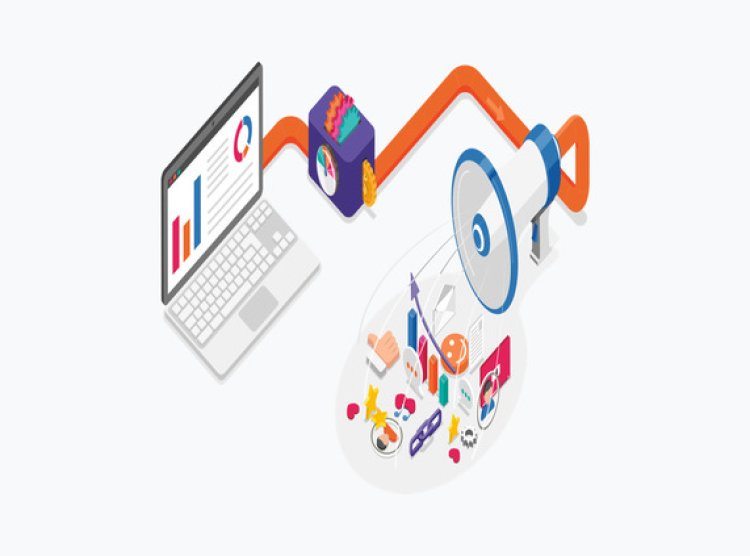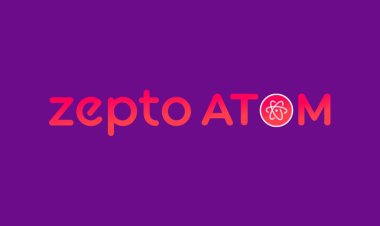Programmatic Advertising: The future path for digital marketing evolution
According to Dentsu e4m Digital Advertising Report 2024, programmatic buying accounted for 42% (Rs 17,088 crore) of the digital media industry by the end of 2023, experiencing 37% growth

In a groundbreaking shift, India's digital ad spends have surpassed television for the first time, with programmatic advertising demonstrating remarkable growth within the digital landscape, according to the recently released dentsu e4m Digital Advertising Report.
The report highlights that programmatic buying contributed 42% (Rs 17,088 crore) to the digital media industry by the end of 2023, showcasing a substantial growth rate of 37% from the previous year. Forecasts predict a compound growth rate of 27.51%, projecting a share of 45% (Rs 27,782 crore) by the end of 2025.
Amyn Ghadiali, President, Business & Integration, GOZOOP Group, emphasized the precision of programmatic advertising, enabling agencies to precisely target audiences and predict preferences. This precision has been a driving force behind the growth of digital and programmatic advertising.
As programmatic advertising is projected to reach $18.42 billion by 2026, it has transformed targeting capabilities and spending efficiency. Brands are increasingly turning to online channels to adapt to changing consumer preferences, seeking to maximize advertising ROI and create impactful experiences across digital platforms.
Paras Mehta, Business Head - Programmatic Solutions, Interactive Avenues, noted that programmatic advertising comprises slightly above 40% within the digital sphere, emphasizing its role in transparency, efficiency, and data-driven marketing.
Tejas Rathod, Founder and COO, Mobavenue Media, highlighted programmatic advertising's rise as a clear indicator of the future of digital marketing, emphasizing its role in automation and intelligence for creating meaningful connections.
Prashant Deorah, CEO, Puretech Digital, concurred with the explosive growth in India's digital advertising sector, attributing it to the transformative influence of programmatic advertising. This influence has revolutionized how brands approach ad spends, incorporating both individual and programmatic purchases of native ads.
Deorah emphasized the strategic shift in advertising, where digital and programmatic avenues are indispensable for brands aiming for impactful engagement. Programmatic advertising's precision in targeting and efficiency allows for a nuanced approach to ad placements, seamlessly integrating native ads into user experiences.
According to Mehta, programmatic advertising's transformative influence is rooted in three key pillars: audiences, real-time signals, and technology. Programmatic empowers marketers to precisely target users, minimizing wastage and maximizing impact, fostering transparency and trust.
Mehta predicted that while native ads will continue to play an important role in the lower funnel of marketing efforts, programmatic will grow at a 12%-15% CAGR for the next several years, reaching over 50% of the total digital AdEx.
Programmatic advertising unfolds several advantages for publishers, serving as an additional revenue stream, broadening monetization opportunities, and providing a comprehensive audience-based inventory package to marketers. It enhances content delivery and contributes to a more engaging user experience while offering publishers a guaranteed recovery period of 30 to 60 days.

 Sumit Rawat
Sumit Rawat 










